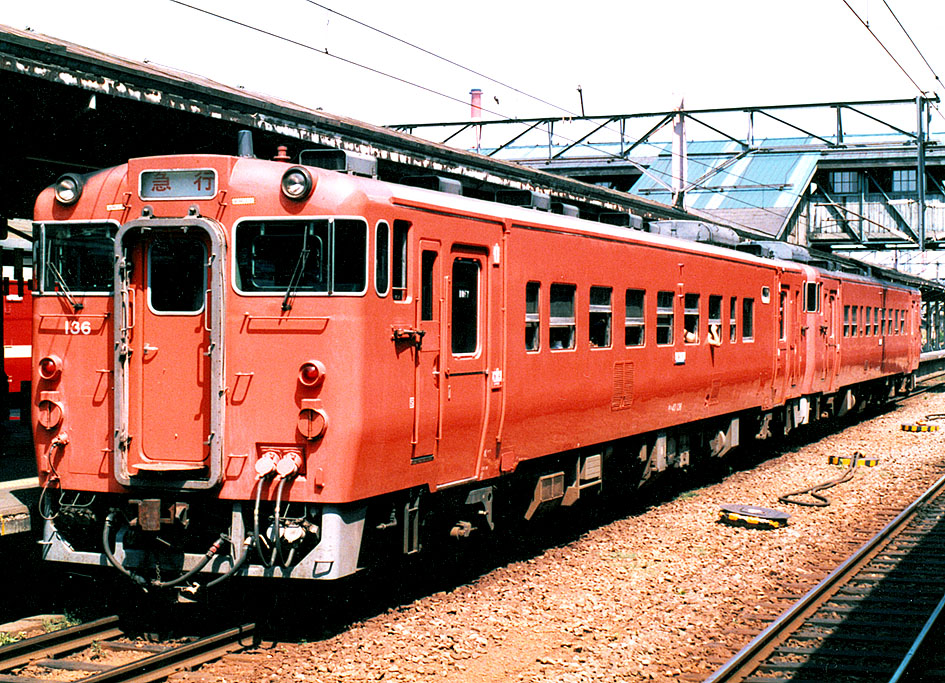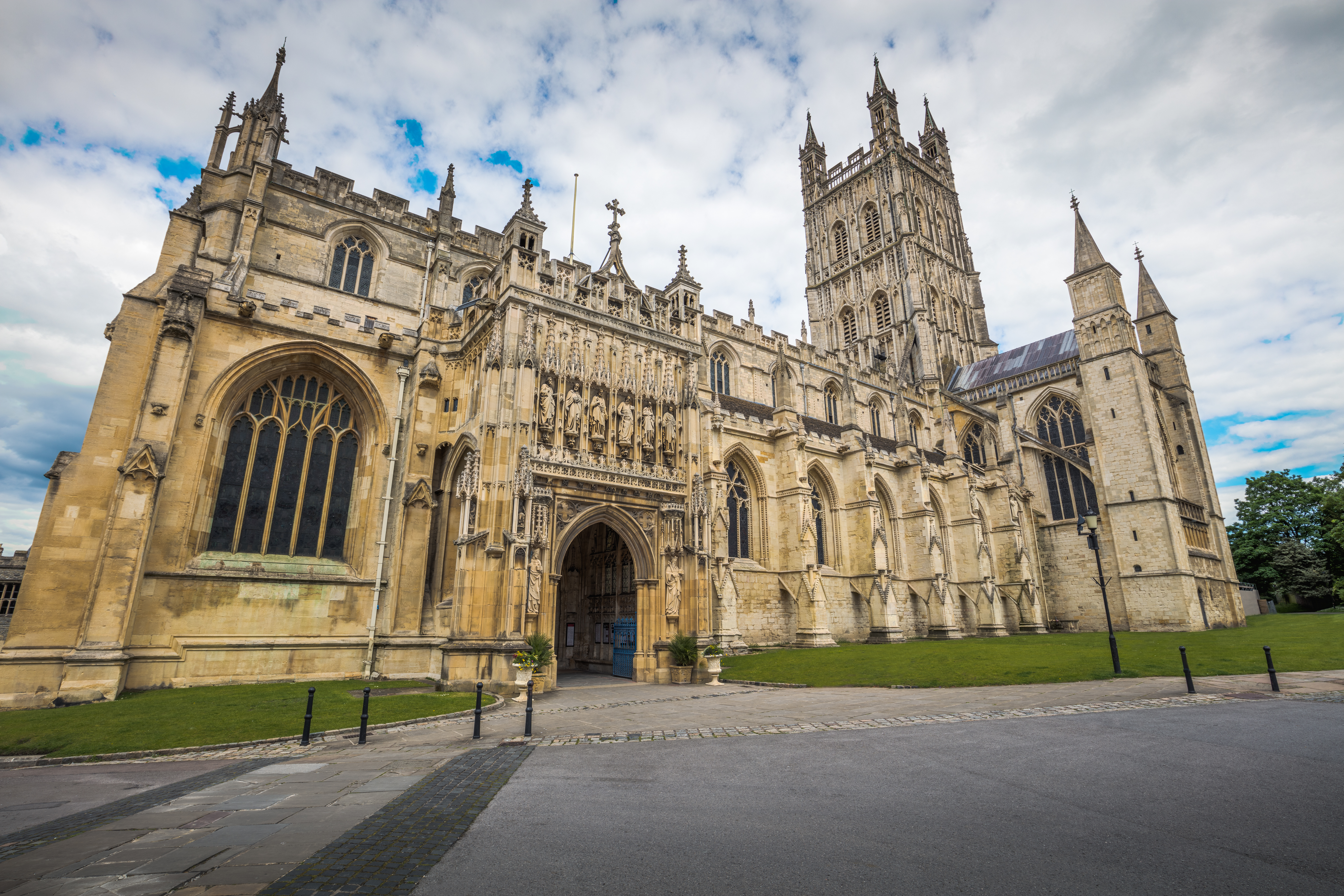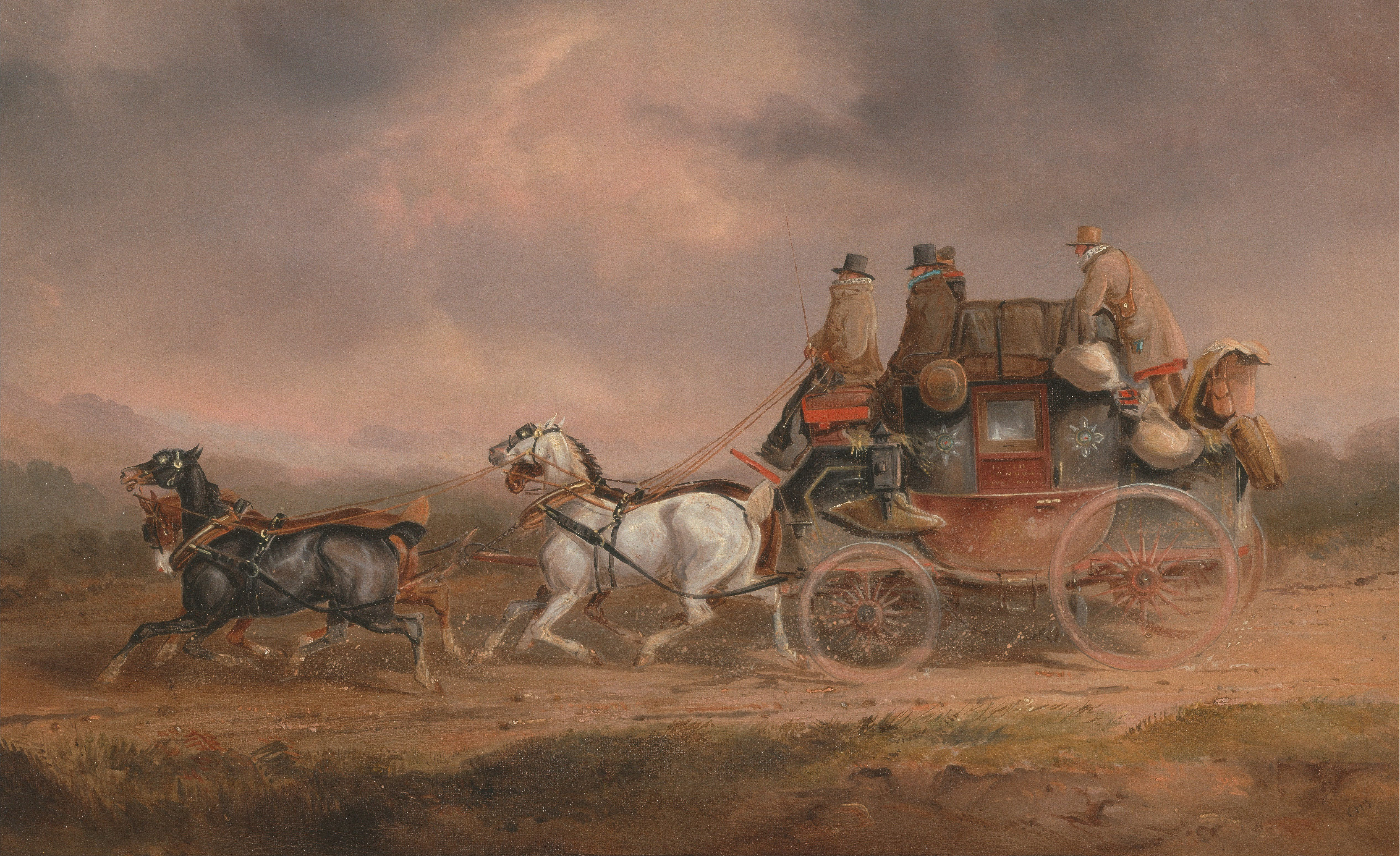|
British Rail Class 128
The British Rail Class 128 was a class of diesel multiple unit, built for British Rail. Introduced in 1959, ten of the class were built by Gloucester Railway Carriage and Wagon Company, each with two 230 hp British United Traction - Albion engines. The class was built specifically for parcels, fitted out with parcel racks and bike storage at each end, and did not feature any passenger accommodation. The last members of the class were withdrawn in 1990 and broken up the following year, and none were preserved. Numbering Livery File:M55994 and M50324, M50328 Birmingham (Snow Hill) station(8263901557).jpg, British Rail Green Livery, 1967 File:Gloucester RC & W Co. Motor Parcels Van (Class 128) No.M55998 - 30660472443.jpg, British Rail Blue livery, 1982 File:M55991.jpg, Royal Mail Livery, 1990 Operation Introduced in 1959, the Class 128s were given the TOPS classification DXV in 1973. By 1978, the initial unit M55987 had been withdrawn, and four of the six units origin ... [...More Info...] [...Related Items...] OR: [Wikipedia] [Google] [Baidu] |
Gloucester Railway Carriage And Wagon Company
Gloucester Railway Carriage and Wagon Company (GRC&W) was a railway rolling stock manufacturer based in Gloucester, England from 1860 until 1986. Products included goods wagons, passenger coaches, diesel multiple units, electric multiple units and various special-purpose vehicles. The company supplied the original fleet of red trains for the Toronto Subway, which were based upon similar vehicles to the London Underground. The company also produced pivoting sections for the Mulberry Harbour for the British War Office 1944. 19th century The company was formed at a meeting of 30 January 1860 with an initial capital of £100,000 in 10,000 shares of £10 each. The first general manager was Isaac Slater. A works was established in 1860, producing over 300 wagons in the first year. Through the latter part of the 19th century, the company manufactured wagons and carriages. In 1887 it was renamed the ''Gloucester Railway Carriage and Wagon Company'' from the ''Gloucester Wagon Compa ... [...More Info...] [...Related Items...] OR: [Wikipedia] [Google] [Baidu] |
Diesel Multiple Unit
A diesel multiple unit or DMU is a multiple-unit train powered by on-board diesel engines. A DMU requires no separate locomotive, as the engines are incorporated into one or more of the carriages. Diesel-powered single-unit railcars are also generally classed as DMUs. Diesel-powered units may be further classified by their transmission type: diesel–mechanical DMMU, diesel–hydraulic DHMU, or diesel–electric DEMU. Design The diesel engine may be located above the frame in an engine bay or under the floor. Driving controls can be at both ends, on one end, or in a separate car. Types by transmission DMUs are usually classified by the method of transmitting motive power to their wheels. Diesel–mechanical In a diesel–mechanical multiple unit (DMMU), the rotating energy of the engine is transmitted via a Transmission (mechanics), gearbox and driveshaft directly to the wheels of the train, like a automobile, car. The transmissions can be shifted manually by the driver, a ... [...More Info...] [...Related Items...] OR: [Wikipedia] [Google] [Baidu] |
Gloucester Multiple Units
Gloucester ( ) is a cathedral city, non-metropolitan district and the county town of Gloucestershire in the South West England, South West of England. Gloucester lies on the River Severn, between the Cotswolds to the east and the Forest of Dean to the west; it is sited from Monmouth, from Bristol, and east of the England and Wales border, border with Wales. Gloucester has a population of around 132,000, including suburban areas. It is a port, linked via the Gloucester and Sharpness Canal to the Severn Estuary. Gloucester was founded by the Roman Empire, Romans and became an important city and ''Colonia (Roman), colony'' in AD 97, under Nerva, Emperor Nerva as ''Glevum, Colonia Glevum Nervensis''. It was granted its first charter in 1155 by Henry II of England, Henry II. In 1216, Henry III of England, Henry III, aged only nine years, was crowned with a gilded iron ring in the Chapter House of Gloucester Cathedral. Gloucester's significance in the Middle Ages is unde ... [...More Info...] [...Related Items...] OR: [Wikipedia] [Google] [Baidu] |
British Rail Diesel Multiple Units
British may refer to: Peoples, culture, and language * British people, nationals or natives of the United Kingdom, British Overseas Territories and Crown Dependencies. * British national identity, the characteristics of British people and culture * British English, the English language as spoken and written in United Kingdom of Great Britain and Northern Ireland and, more broadly, throughout the British Isles * Celtic Britons, an ancient ethno-linguistic group * Brittonic languages, a branch of the Insular Celtic language family (formerly called British) ** Common Brittonic, an ancient language Other uses *People or things associated with: ** Great Britain, an island ** British Isles, an island group ** United Kingdom, a sovereign state ** British Empire, a historical global colonial empire ** Kingdom of Great Britain (1707–1800) ** United Kingdom of Great Britain and Ireland (1801–1922) * British Raj, colonial India under the British Empire * British Hong Kong, colonial H ... [...More Info...] [...Related Items...] OR: [Wikipedia] [Google] [Baidu] |
Model Rail
''Model Rail'' is a British railway magazine focusing on rail transport modelling. It was first published in 1997, after running as a supplement to '' Rail''. ''Model Rail'' is published 13 times a year. It contains articles about railways in Britain, layouts, weathering, building kits, kitbashing, scratch building, and other model-making techniques. History The original ''Model Rail'' ran as a supplement to '' Rail'' magazine. It became an individual magazine in Autumn 1997. The original Editor was Dave Lowery (who is now the Model Consultant).Originally published termly, it became bi-monthly, and then monthly. In March 2007, ''Model Rail'' began publishing 13 issues per year, including Spring and Christmas editions. Recently, editor Chris Leigh has stepped down, and Ben Jones took the role with Leigh becoming Consultant Editor. Layout of magazine The 'Masterclass' for the first magazine was the Class 31, and which showed readers how to detail their Lima model. From m ... [...More Info...] [...Related Items...] OR: [Wikipedia] [Google] [Baidu] |
Railway Correspondence And Travel Society
The Railway Correspondence and Travel Society (RCTS) is a national society founded in Cheltenham, England in 1928 to bring together those interested in rail transport and locomotives. Since 1929 the Society has published a regular journal ''The Railway Observer'' which records the current railway scene. It also has regional branches which organise meetings and trips to places of interest and an archive & library. It has published definitive multi-volume locomotive histories of the Great Western, Southern and London & North Eastern Railways, and has in progress similar works on the London, Midland & Scottish Railway and British Railways standard steam locomotives. It also has published many other historical railway books since the mid-1950s. On 2 November 2016, the RCTS become a Charitable Incorporated Organisation (CIO), registered number 1169995. Its new Archive and Library (located within the former station-master's house at Leatherhead station) was opened on 6 October 2018 ... [...More Info...] [...Related Items...] OR: [Wikipedia] [Google] [Baidu] |
N Gauge
N scale is a popular model railway scale. Depending upon the manufacturer (or country), the scale ranges from 1:148 to 1:160. Effectively the scale is 1:159, 9 mm to , which is the width of standard gauge railway. However the scale may vary to simulate wide or narrow-gauge rail. In all cases, the ''gauge'' (the distance between the rails) is . The term N ''gauge'' refers to the track dimensions, but in the United Kingdom in particular British N gauge refers to a 1:148 scale with 1:160 () track gauge modelling. The terms N scale and N gauge are often inaccurately used interchangeably, as scale is defined as ratio or proportion of the model, and gauge only as a distance between rails. The scale 1:148 defines the rail-to-rail gauge equal to 9 mm exactly (at the cost of scale exactness), so when calculating the rail or track use 1:160 and for engines and car wheel base use 1:148. All rails are spaced 9 mm apart but the height can differ. Rail height (in thousand ... [...More Info...] [...Related Items...] OR: [Wikipedia] [Google] [Baidu] |
Royal Mail
Royal Mail Group Limited, trading as Royal Mail, is a British postal service and courier company. It is owned by International Distribution Services. It operates the brands Royal Mail (letters and parcels) and Parcelforce Worldwide (parcels). Formed in 2001, the company used the name Consignia for a brief period but changed it soon afterwards. Prior to this date, Royal Mail and Parcelforce were (along with Post Office Counters Ltd) part of the Post Office, a UK state-owned enterprise the history of which is summarised below. Long before it came to be a company name, the 'Royal Mail' brand had been used by the General Post Office to identify its distribution network (which over the centuries included horse-drawn mail coaches, horse carts and hand carts, ships, trains, vans, motorcycle combinations and aircraft). The company provides mail collection and delivery services throughout the UK. Letters and parcels are deposited in post or parcel boxes, or are collected in bul ... [...More Info...] [...Related Items...] OR: [Wikipedia] [Google] [Baidu] |
British Rail Corporate Liveries
The history of British Rail's corporate liveries is quite complex. Although the organisation was associated with ''Rail Blue'' from the mid-1960s to the 1980s, a number of other schemes were also used, especially when it was split into operating units (or ''sectors'') in the mid-1980s. Pre-corporate liveries At the formation of British Railways on 1 January 1948, early diesel, electric and gas turbine locomotives were already painted black with aluminium trim. By the late 1950s, this had been superseded by the same shade of green that was used on express passenger steam locomotives, although some locomotives were painted in a two-tone ''Brunswick and Sherwood'' green livery; Southern Region electric locomotives were painted a light shade of malachite green. Multiple units were also generally green, although this tended to be a lighter and bluer shade compared to the colour used on steam and diesel locomotives. Corridor coaching stock was originally trialled in London & North ... [...More Info...] [...Related Items...] OR: [Wikipedia] [Google] [Baidu] |
00 Scale
OO gauge or OO scale (also, 00 gauge and 00 scale) is the most popular Standard-gauge railway, standard gauge model railway standard in the United Kingdom, outside of which it is virtually unknown. OO gauge is one of several 4 mm scale, 4 mm-scale standards (4 mm to , or 1:76.2), and the only one to be marketed by major manufacturers. The OO track gauge of (same as the 1:87 HO scale) corresponds to prototypical gauge of , rather than standard gauge. However, since the 1960s, other gauges in the same scale have arisen – 18.2 mm (EM gauge, EM) and 18.83 mm (Protofour, Scalefour) — to reflect the desire of some modellers for greater scale accuracy. Origin Double-0 scale model railways were launched by Bing (company), Bing in 1921 as "The Table Railway", running on track and scaled at 4 mm to the foot. In 1922, the first models of British prototypes appeared. Initially all locomotives were powered by clockwork, but the first electric power appeared in 1923 ... [...More Info...] [...Related Items...] OR: [Wikipedia] [Google] [Baidu] |
Heljan
Heljan A/S is a Danish model railway company based in Søndersø. Originally specialising in decorations and accessories for model railways, it has now also developed a substantial range of rolling stock. It has diversified into modelling the British scene, and since 2002 has released several OO gauge diesel locomotives, and several O gauge models. British Outline now forms the biggest part of the Heljan business and UK operations are run from Denmark through an agent. In line with other model train companies and to keep costs to a minimum models are manufactured in China. Range Heljan's current UK OO gauge diesel loco range consists of British Rail Class 14s, 15s, 16s, 17s, 23s, 26s, 27s, 28s, 33s, 35s, 47s, 52s, ''Falcon'', 57s, 58s, ''Lion'' and HS4000 ''Kestrel''. The British Rail Class 86s are currently the only AC Electric outline models in the range. They have won praise for locomotive models in a wide variety of liveries. Several different models of t ... [...More Info...] [...Related Items...] OR: [Wikipedia] [Google] [Baidu] |
TOPS
Total Operations Processing System (TOPS) is a computer system for managing railway locomotives and rolling stock, known for many years of use in the United Kingdom. TOPS was originally developed between the Southern Pacific Railroad (SP), Stanford University and IBM as a replacement for paper-based systems for managing rail logistics. A jointly-owned consultancy company, ''TOPS On-Line Inc.'', was established in 1960 with the goal of implementing TOPS, as well as selling it to third parties. Development was protracted, requiring around 660 man-years of effort to produce a releasable build. During mid-1968, the first phase of the system was introduced on the SP, and quickly proved its advantages over the traditional methods practiced prior to its availability. In addition to SP, TOPS was widely adopted throughout North America and beyond. While it was at one point in widespread use across many of the United States railroads, the system has been perhaps most prominently use ... [...More Info...] [...Related Items...] OR: [Wikipedia] [Google] [Baidu] |






